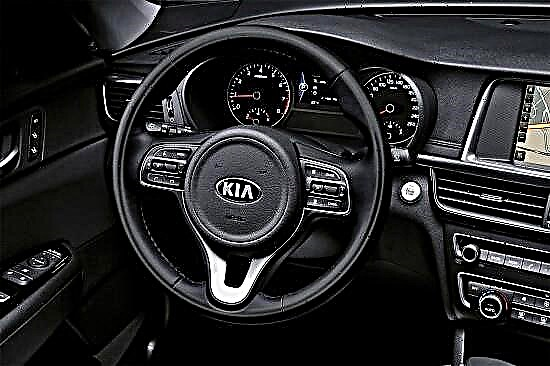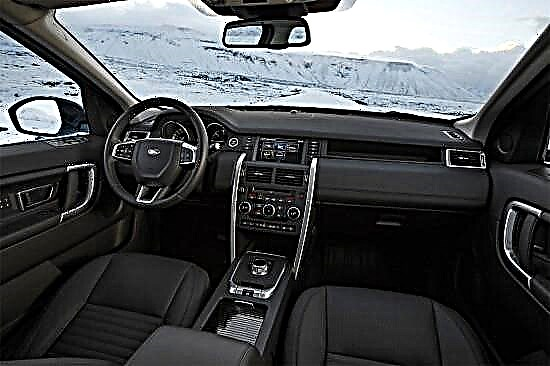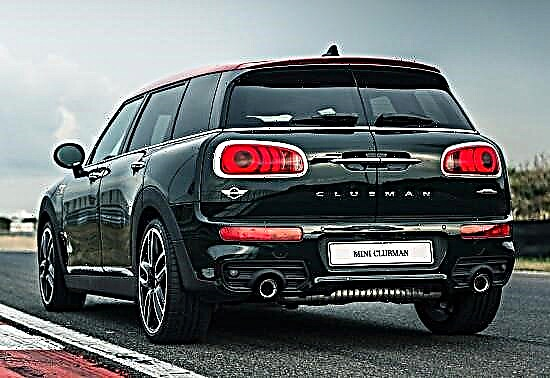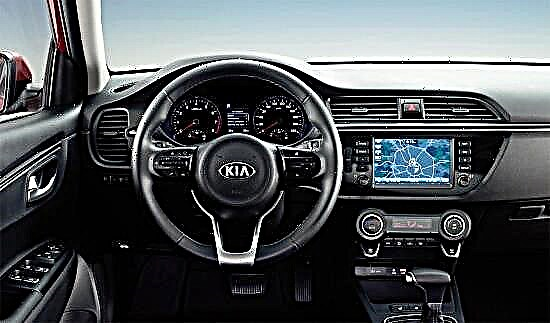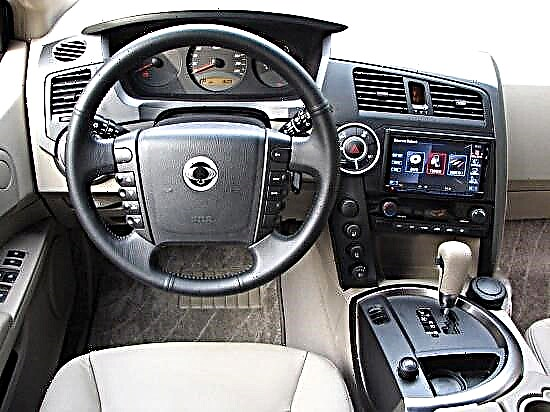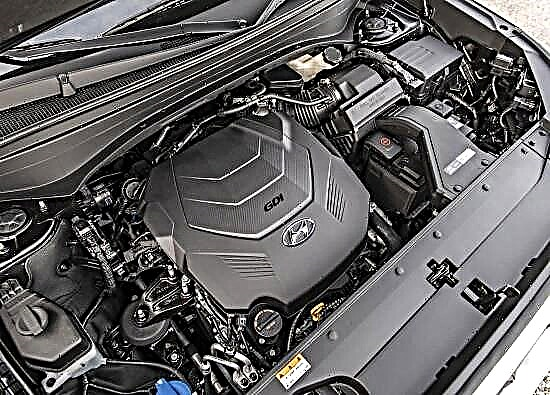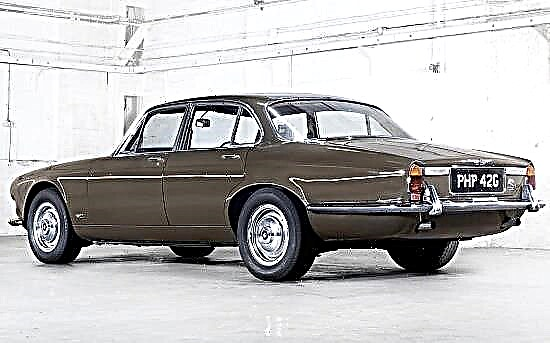The history of the original Jaguar XJ began in the first half of the sixties, when William Lyons, then director of the company, laid the foundation for a new sedan with the in-house designation "XJ". The car called Jaguar XJ6 celebrated its official premiere in September 1968 in Birmingham, replacing several three-volume cars in the brand's palette at once. In 1972, a long-wheelbase version of the "Briton" was released, at the same time a powerful version of the XJ12 with a 12-cylinder engine appeared. On the conveyor belt, the four-door lasted until 1973, giving way to the successor and sold over 98 thousand copies.

The "first" Jaguar XJ is a representative of the F-community according to the European classification: its length is 4813 mm, height - 1340 mm, width - 1772 mm with 2762 mm distance between the axles. The ground clearance of the equipped vehicle is 152 mm.

Three petrol engines were offered for the 1st Series sedan. The XJ6 versions were equipped with 2.8-4.2-liter in-line atmospheric "sixes", generating 149-186 horsepower, and under the hood of the XJ12 was installed a V-shaped twelve-cylinder unit for 5.3 liters, the output of which totals 269 "mares".
The motors were combined with 4-speed "mechanics" or "automatic", which transmitted the entire stock of torque to the wheels of the rear axle.

The base for the Jaguar XJ Series 1 is a rear-wheel drive bogie with independent spring-link suspension on the front and rear axles. All wheels of the car are equipped with disc brakes, and its steering system is represented by a rack and pinion mechanism with an integrated hydraulic power steering.
The first "release" of the Jaguar XJ is found on Russian roads, albeit quite rarely.
The car has an elegant appearance, a chic interior even by today's standards, powerful engines, good dynamics, high prestige and excellent equipment for its age.
The disadvantages of a four-door include high fuel consumption, high cost and expensive maintenance.

